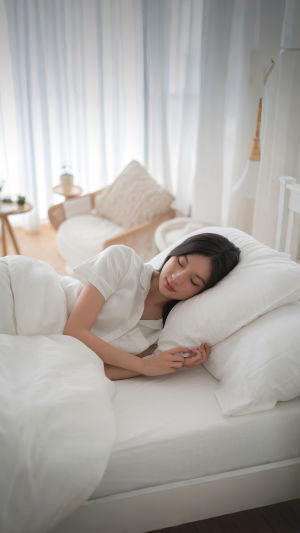Sleep paralysis is a captivating and often distressing phenomenon characterized by a conscious awareness paired with a temporary inability to move or speak.
This condition unfolds during transitions between sleep and wakefulness, revealing a hidden world where the boundaries of dreaming and consciousness blur, evoking profound sensory and psychological experiences.
<h3>What Is Sleep Paralysis?</h3>
Sleep paralysis occurs when the brain awakens, but the body remains in a state of muscular atonia—a natural paralysis that normally prevents physical movement during the rapid eye movement (REM) phase of sleep. Typically, muscle paralysis ends as waking fully ensues. However, in sleep paralysis, this muscle atonia persists despite regained awareness.
The result is a temporary condition lasting seconds to minutes, during which the individual cannot move limbs, speak, or react.
<h3>The Experience: Hallucinations and Physical Sensations</h3>
Episodes often involve vivid and sometimes terrifying hallucinations known as hypnagogic (falling asleep) or hypnopompic (waking) hallucinations. These may include sensations of a threatening presence, pressure on the chest (often described as a weight or choking feeling), auditory phenomena like buzzing or whispers, and out-of-body experiences.
Such hallucinations, present in approximately 75% of episodes, contribute to the frightening nature of the condition but are distinct from typical dreams.
<h3>Underlying Mechanisms: A Mixed State of Consciousness</h3>
Sleep paralysis exemplifies a dissociated state blending REM sleep characteristics (muscle atonia and vivid mental imagery) with wakeful consciousness. Normally, REM atonia prevents the body from acting out dreams, but in sleep paralysis, this atonia continues into a waking state.
This juxtaposition leads to an awareness that is "awake" yet completely or partially unable to move, forming a unique neurophysiological state involving incomplete transitions in brain activity regulating sleep and wake cycles.
<h3>Prevalence and Risk Factors</h3>
Sleep paralysis affects approximately 8% of the population at least once, commonly beginning in adolescence and often peaking between ages 20 and 40. Factors increasing susceptibility include irregular sleep schedules, sleep deprivation, stress, sleeping in the supine position (on the back), and certain neurological or psychiatric conditions such as narcolepsy, post-traumatic stress disorder (PTSD), and anxiety disorders.
Dr. Raphael Vallat, a sleep researcher, notes, "Sleep paralysis offers a window into how the brain controls muscle atonia during REM sleep, while also highlighting how dysregulation can produce profound conscious immobilization that is deeply unsettling but generally harmless".
Similarly, Dr. Carlos Schenck, an authority on sleep disorders, states, "Understanding sleep paralysis is essential not only for alleviating public fears fueled by cultural myths but also to appreciate this condition's link to complex brain mechanisms controlling consciousness and motor inhibitiona".
<h3>Management and Coping Strategies</h3>
Though sleep paralysis is typically benign and self-limiting, recurrent episodes may cause distress and sleep disruption. Lifestyle modifications such as maintaining consistent sleep patterns, reducing stress, avoiding sleeping on the back, and improving sleep hygiene are first-line interventions.
In rare, severe cases associated with narcolepsy or other disorders, medical treatments including antidepressants may be considered under specialist care.
The hidden world of sleep paralysis reveals a fascinating interplay between sleep physiology and conscious awareness, marked by temporary paralysis and vivid hallucinations during sleep-wake transitions. This REM-related phenomenon offers insights into neural mechanisms governing motor control and consciousness while presenting challenges for those experiencing its often disturbing symptoms.
Experts emphasize its predominantly harmless nature but recognize the importance of education and supportive strategies to reduce fear and improve sleep quality for affected individuals.





